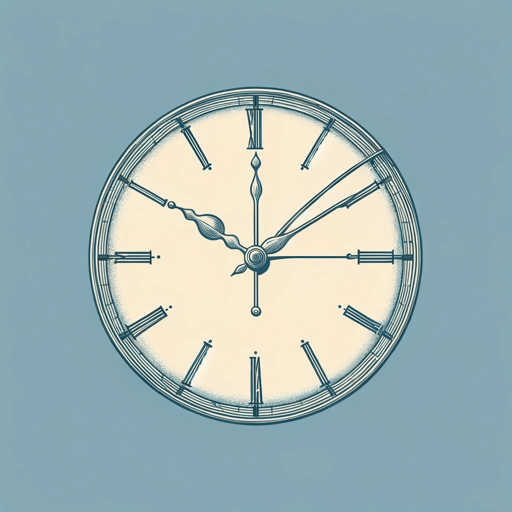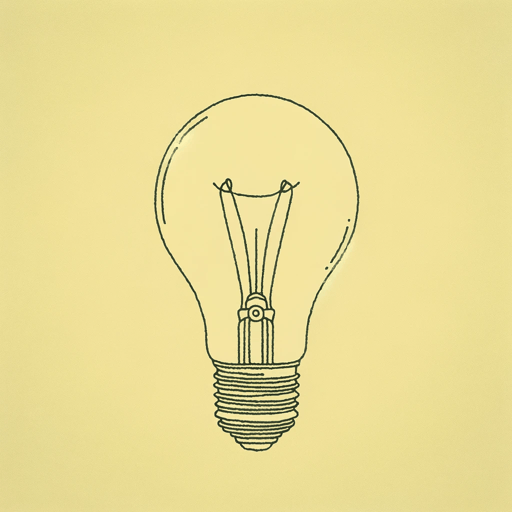19 pages • 38 minutes read
W. H. AudenMusée des Beaux Arts
Fiction | Poem | Adult | Published in 1939A modern alternative to SparkNotes and CliffsNotes, SuperSummary offers high-quality Study Guides with detailed chapter summaries and analysis of major themes, characters, and more.
Literary Devices
Form and Meter
The poem is structured like an argument and is divided into two main parts. The first five lines of the opening section offer a thesis that suffering happens while others are going about their daily lives. The next 10 lines present supporting examples drawn from two Breughel paintings in the museum.
The second part of the poem offers the specific example of “Breughel’s Icarus, for instance” (Line 14) to illustrate the point. It stops short of offering a definitive conclusion and, as art so often does, leaves the audience to interpret and wrestle with the larger philosophical questions on their own.
“Musée des Beaux Arts” is written in free verse—there’s no fixed meter or rhyme scheme. However, traditional elements like rhythmic stresses and rhymes still appear throughout the poem; this neatly balances between the traditional and the unconventional, playing with expectation and undermining familiarity. This fluctuation expresses Modernist aesthetics and reflects the uncertainty of the times.
There is a good deal of fluidity in the poem. Enjambment allows the reader to flow from one line to the next, like in the close of the first stanza: “Where the dogs go on with their doggy life and the torturer’s horse / Scratches its innocent behind on a tree” (Lines 12-13).
Related Titles
By W. H. Auden




